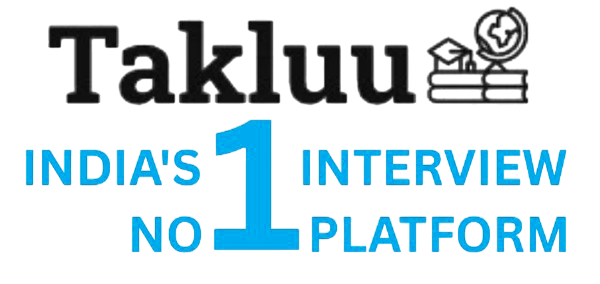Ques:- PLEASE TELL ME THE BASIC FOR INSTRUMENTATION WHICH IS APPLIED FOR CALIBRATION AND FOR ALL?
Asked In :-
Shree Cement,
Right Answer:
The basic principles for instrumentation applied for calibration include:
1. **Accuracy**: Ensuring the instrument measures close to the true value.
2. **Precision**: Consistency of measurements under the same conditions.
3. **Linearity**: The instrument's output should be directly proportional to the input across its range.
4. **Sensitivity**: The ability of the instrument to detect small changes in the measured variable.
5. **Hysteresis**: The difference in readings when the input is increasing versus decreasing.
6. **Repeatability**: The instrument's ability to produce the same output under the same conditions over multiple trials.
7. **Drift**: Monitoring changes in instrument readings over time without any change in the input.
These principles ensure reliable and accurate measurements in calibration processes.
The basic principles for instrumentation applied for calibration include:
1. **Accuracy**: Ensuring the instrument measures close to the true value.
2. **Precision**: Consistency of measurements under the same conditions.
3. **Linearity**: The instrument's output should be directly proportional to the input across its range.
4. **Sensitivity**: The ability of the instrument to detect small changes in the measured variable.
5. **Hysteresis**: The difference in readings when the input is increasing versus decreasing.
6. **Repeatability**: The instrument's ability to produce the same output under the same conditions over multiple trials.
7. **Drift**: Monitoring changes in instrument readings over time without any change in the input.
These principles ensure reliable and accurate measurements in calibration processes.
